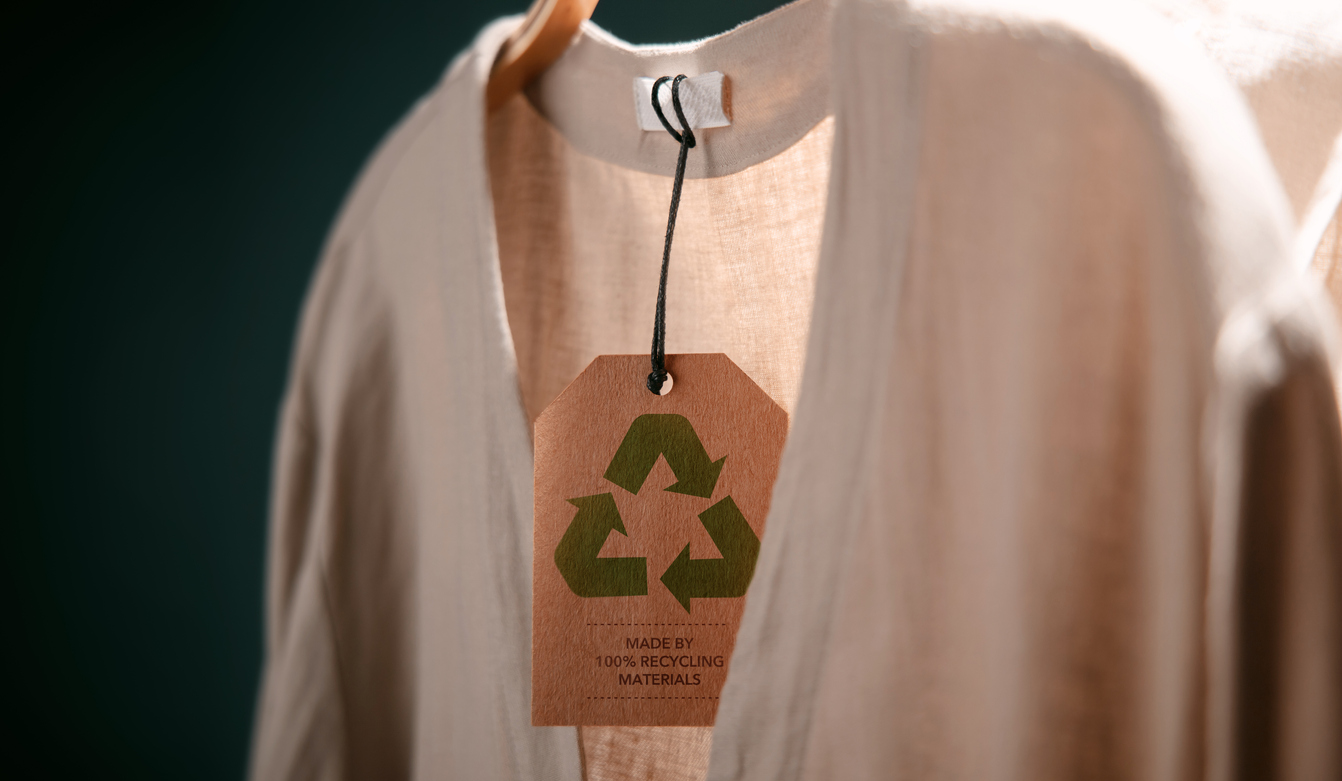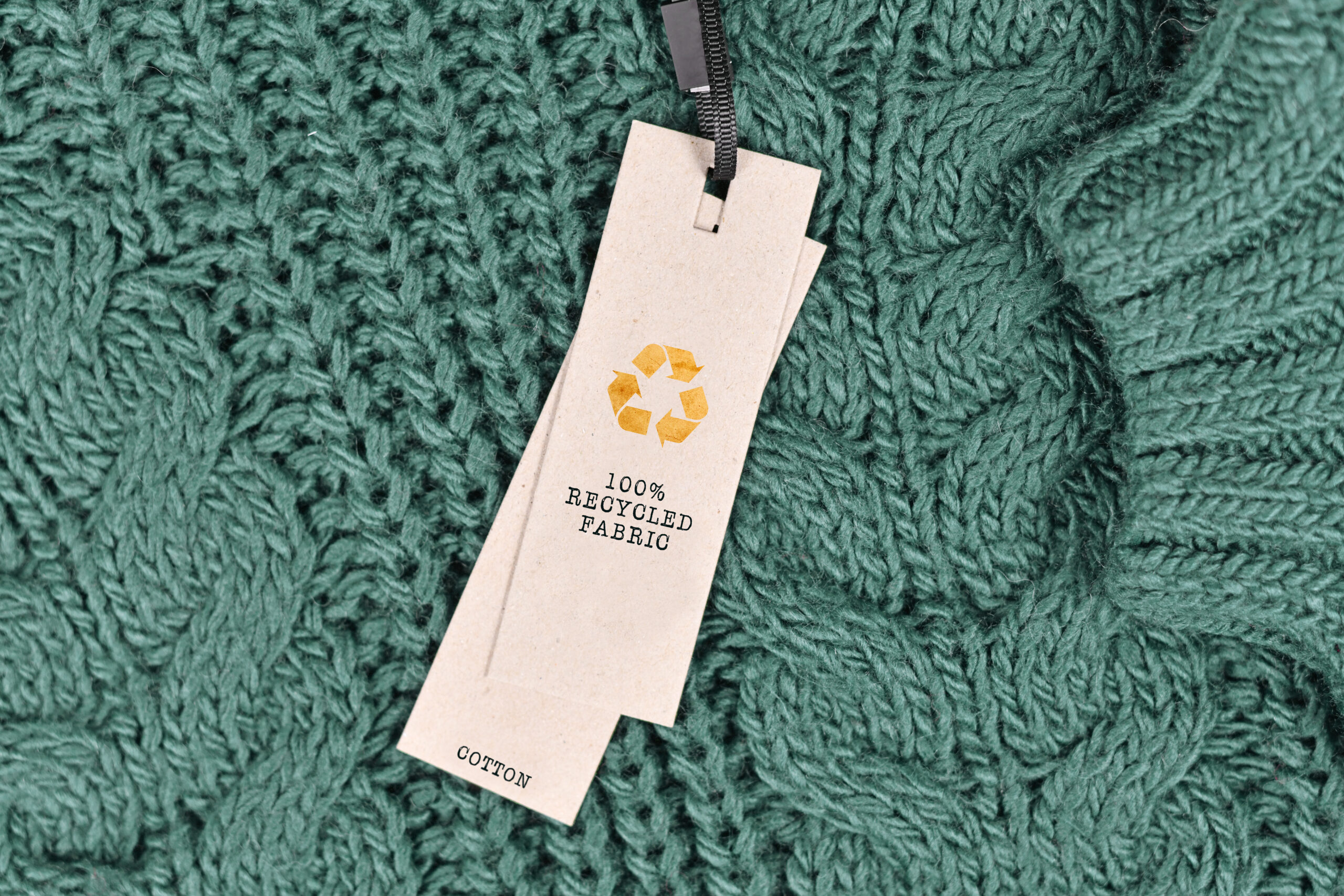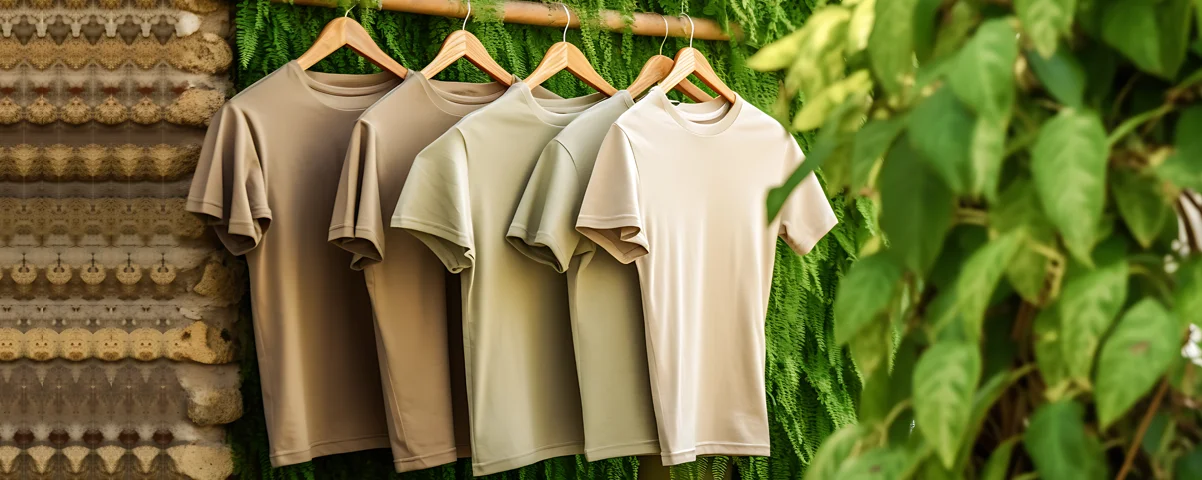Cape Town Sustainable Fashion Designers Leading the Environment-friendly Movement
Cape Town Sustainable Fashion Designers Leading the Environment-friendly Movement
Blog Article
Stay Ahead of the Curve by Discovering Ingenious Style Fads
In a market as vibrant as fashion, remaining in advance entails more than simply following existing trends-- it requires an exploration of advancement. The convergence of technology and fashion advertises a brand-new period of consumer involvement.

Welcoming Smart Textiles
Recently, the style market has actually experienced a transformative shift with the integration of wise textiles, a sophisticated technology that mixes modern technology with textile. This development represents not only a fusion of visual appeals and performance but additionally a substantial jump towards sustainability and personalization in vogue. Smart textiles, likewise referred to as e-textiles, installed advanced electronic devices such as sensors and conductive threads within the material, making it possible for garments to engage with the wearer or the setting.
These fabrics are created to monitor physiological parameters, such as heart price or body temperature level, giving real-time health and wellness analytics. Past health applications, smart fabrics are additionally being used for flexible apparel, which can transform color or pattern in feedback to ecological stimulations, hence offering a vibrant fashion experience.
Moreover, the development of energy-harvesting fabrics that produce power from activity or sunlight is paving the means for self-sufficient wearable modern technology. This innovation is appealing to ecologically aware customers and developers intending to minimize the ecological footprint of fashion. As research study and advancement in this area development, smart fabrics are anticipated to end up being increasingly widespread, improving the landscape of contemporary fashion with their multifunctional abilities.
The Rise of 3D Printing
Reinventing the manufacturing landscape, 3D printing has actually become a game-changer in the apparel industry. This innovative technology has made it possible for developers to push the borders of imagination, producing detailed and tailored garments that were previously unimaginable. By leveraging digital layout and additive manufacturing, 3D printing facilitates the creation of complicated geometries and patterns, permitting designers to trying out new textures and structures.
A noteworthy benefit of 3D printing in vogue is its capacity to produce on-demand, lessening waste and reducing inventory demands. This effectiveness not only optimizes production processes yet likewise enables rapid prototyping, allowing designers to bring their visions to life in a much shorter timeframe. In addition, 3D printing supports personalization somewhat unparalleled by conventional approaches, using personalized fits and distinct layouts tailored to individual consumer choices.
The rise of 3D printing has likewise equalized fashion, making it easily accessible to arising designers that can now produce high-grade items without significant financial investment in typical manufacturing infrastructure. As modern technology continues to advance, the fashion industry is positioned to harness the full capacity of 3D printing, discovering brand-new materials and methods that will certainly redefine just how fashion is developed and created.
Lasting Style Innovations
As the fashion business comes to grips with the pushing demand for environmental responsibility, sustainable fashion innovations have actually arised at the forefront of transformative modification. The growing understanding of environmental effect has fueled a shift towards more eco-conscious techniques and materials. Designers and brands are currently focusing on sustainability, integrating methods that minimize waste and reduce carbon impacts.
One considerable growth is the increase of round fashion, which emphasizes recycling and upcycling to extend the lifecycle of garments. This strategy not only reduces waste but also motivates customers to adopt a more mindful method to clothing consumption.
An additional advancement hinges on the fostering of ingenious dyeing techniques that make use of waterless processes or natural dyes, therefore decreasing the vast quantities of water and chemicals traditionally used in fabric dyeing. Moreover, innovations in biotechnology have actually resulted in the production of lab-grown leather and materials, supplying cruelty-free and ecologically friendly choices to conventional products. Through these introducing efforts, the fashion sector is making significant strides towards a much more lasting future.

Tech-Integrated Apparel
Tech-integrated clothing represents a groundbreaking fusion of style and innovation, improving Check Out Your URL how individuals connect with their clothing. This cutting-edge domain name is marked by the inclusion of wise fabrics and ingrained electronic parts, boosting both functionality and aesthetic allure. From physical fitness trackers installed in sports apparel to warmed coats controlled by means of smart device apps, tech-integrated clothing offers customers extraordinary benefit and flexibility.
Introducing brand names are driving this pattern, concentrating on creating garments that reply to ecological stimuli or individual commands. For example, some garments can alter color or pattern in action to temperature level shifts, while others integrate biometric sensors to keep track of health and wellness metrics like heart rate or stress and anxiety degrees. The smooth combination of modern technology right into fabrics additionally includes ecological sustainability, with initiatives to create self-cleaning textiles or garments that change to weather problems, hence reducing the need for multiple layers.
Furthermore, the advent of wearable technology is not simply limited to clothing however includes devices like watches and glasses, additional expanding the extent of tech-integrated style. As the market proceeds to introduce, the potential for customization and personalization in garments grows, providing customers one-of-a-kind, tech-enhanced fashion experiences that accommodate their specific needs and choices.
Future of Virtual Style
Recently, the future of digital style has arised as a transformative pressure within the market, leveraging innovations in electronic modern technology to redefine how style is produced, experienced, and taken in. By incorporating augmented fact (AR), online fact (VR), and 3D layout tools, designers can currently craft immersive and interactive experiences that transcend standard fashion boundaries. Virtual style permits the creation of garments that exist solely in digital environments, offering endless possibilities for advancement without the limitations review of physical manufacturing.
This digital shift not just presents chances for imaginative expression however also addresses sustainability issues fundamental in traditional fashion methods. Cape Town Sustainable Fashion. By getting rid of the demand for physical sources, online fashion reduces waste and decreases carbon footprints. In addition, the surge of virtual style lines up with the raising customer demand for personalized and distinct experiences, as digital garments can be tailored and tailored to individual choices easily

Conclusion
The style industry's visit site future lies in the assimilation of sustainable practices and innovative modern technologies. Online fashion is positioned to redefine customer interactions.
In recent years, the style market has witnessed a transformative change with the assimilation of smart fabrics, an advanced development that mixes technology with fabric.As the style industry grapples with the pushing need for environmental duty, sustainable fashion advancements have actually arised at the center of transformative modification.In current years, the future of digital fashion has emerged as a transformative force within the industry, leveraging improvements in electronic modern technology to redefine just how style is produced, experienced, and consumed. The rise of virtual style aligns with the raising customer demand for individualized and special experiences, as online garments can be customized and tailored to individual preferences with ease.
The style sector's future lies in the assimilation of sustainable techniques and ingenious modern technologies.
Report this page